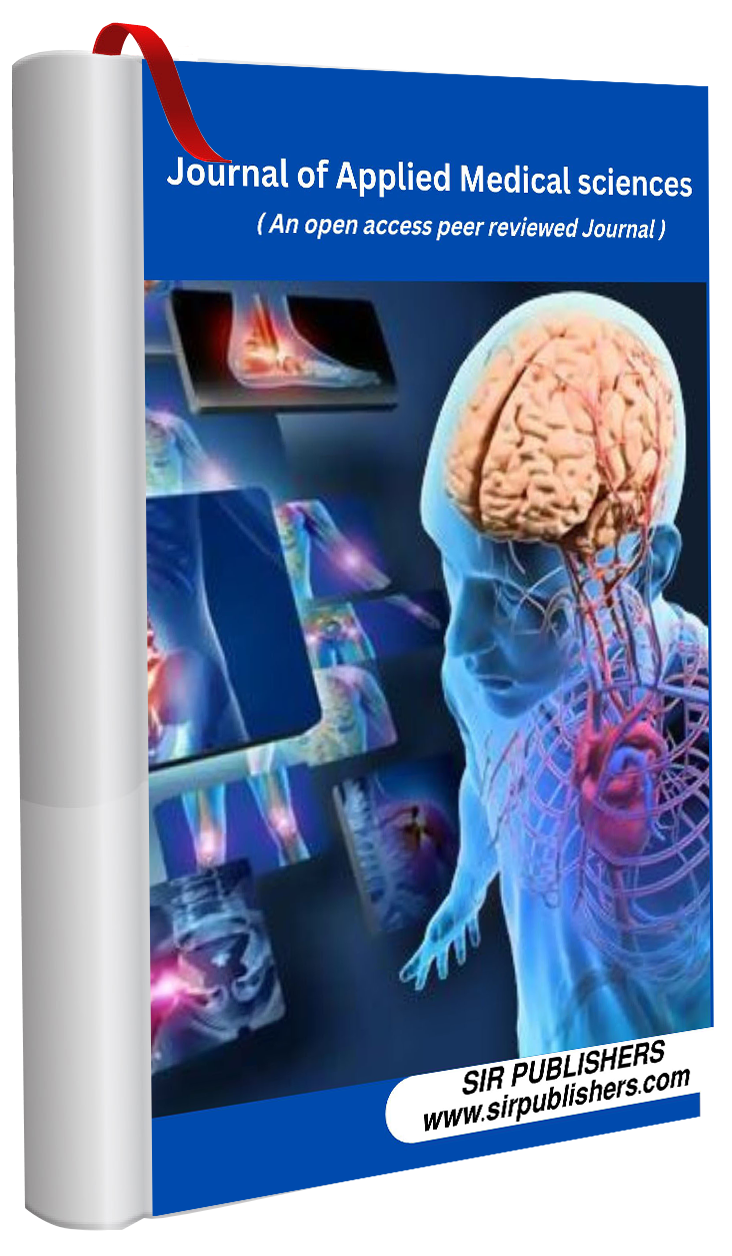THE INFLUENCE OF EXTERNAL ENVIRONMENTAL FACTORS ON THE OCCURRENCE OF BLOX-SULTSBERG DISEASE
Abstract
The environment that a clinical specimen is exposed to is an important preanalytical factor in laboratory testing. There are numerous environmental conditions that a specimen may experience before it arrives at the clinical laboratory for analysis. Specimens collected at offsite locations are typically stored at the site and transported to the clinical laboratory via courier. Depending on the geographic location, season, method of storage and method of transport, the specimen can experience varying climate conditions that can lead to inaccurate test results. Specimens collected within the healthcare institution are not exempt from suboptimal storage and transport environments. For example, specimens transported via pneumatic tube systems can experience extreme agitation and rapid accelerations and decelerations. Suboptimal storage and transport temperatures occur less frequently within health systems due to multiple regulatory requirements for temperature monitoring; however, temperature monitoring may not occur at every stage of the preanalytical phase. This review will highlight both internal and external environmental conditions that can cause preanalytical errors in clinical laboratory testing. Strategies to mitigate environmentally-induced preanalytical errors and regulatory gaps for environmental monitoring in the preanalytical phase will also be discussed.
References
Aradhya S. Repetitive deletion in the ubiquitously expressed NEMO gene (IKK-y) is the cause of the vast majority of pigmentation mutations in urinary incontinence/S. Aradhya, H. Woffendin, T. Jakins [et al.]// Hum. Mole. Genetics. — 2001. — No. 10. — pp. 2171-2179.
Bachevalle F. The study of neurology in summer age with pigmented urinary incontinence / F. Bachevalle, K. Marshal, M.P. Di Cesare [et al.]//Ann. Dermatol. Venereologist. — 2003. — No. 130. — pp. 1139-1142.
Berlin A.L. Pigmented urinary incontinence: a review and update of the molecular foundations of pathophysiology / A.L. Berlin, A.S. Paller, L.S. Chan //J. Am. Acad. Dermatol. - 2002. — No. 47. — pp. 169-187.
Brown K.D. The role of the classical and alternative pathways of the nuclear factor-kappaB: potential consequences for autoimmunity and rheumatoid arthritis /K.D. Brown, E. Claudio, W. Siebenlist// Arthritis Res. In the same place. — 2008. — No. 10. — p. 212.
Chelli J. Genetics and pathophysiology of mental retardation / J. Chelli, M. Helfaoui, F. Francis [et al.]//Eur. J. Hum. Genetics. - 2006. — No. 14. — pp. 701-713.
Cheng L.E. Persistent systemic inflammation and atypical enterocolitis in patients with NEMO syndrome / L.E. Cheng,










